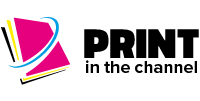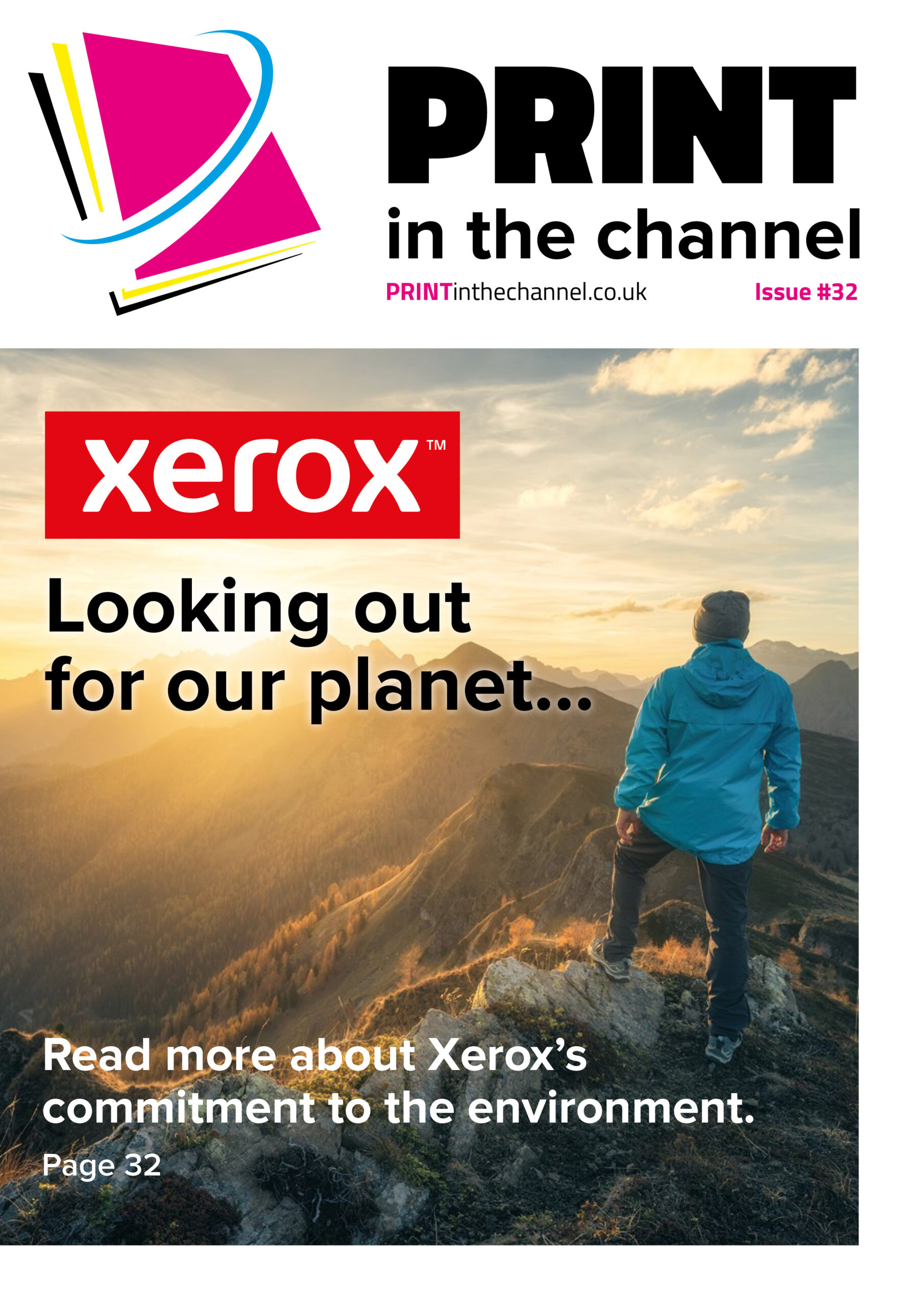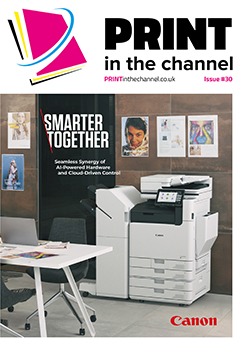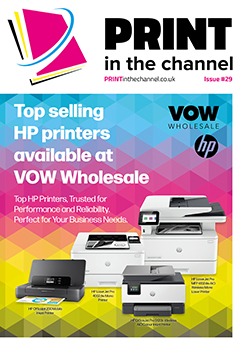Point of sale printers are becoming more important in a range of sectors to help businesses become more efficient in the way they process orders, which means there are a range of opportunities for resellers.
Online ordering continues to grow in the UK in the retail and hospitality sectors as more people enjoy the convenience of being able to purchase from the comfort of their armchairs. But this growing market is also driving change in those sectors as businesses look for point of sale (PoS) solutions to ensure such orders are efficiently processed.
As Mark Lloyd, sales director at Star Micronics EMEA, says, the rise in online ordering across multiple channels in retail and hospitality is driving greater demand for cloud technologies that can pull orders directly from an online ordering system and print these remotely in a store or restaurant without requiring an additional tablet or device to key in the order. “Auto-printing simplifies operations and staff do not have to worry about anything other than receiving the orders,” he says.
“There is also a greater demand for self-service and self-checkout kiosks enabling customers to purchase, order and return goods themselves. Therefore, a PoS printer that is equipped for integration into a kiosk for printing customer receipts, orders and delivery returns slips or labels is a key requirement.
“Features such as offering printer status to a central host and a near end paper sensor to indicate paper replacement before it runs out are essential so the printer can be managed from any location.”
Bob Vines, UK, Ireland & Nordics country manager for TSC Printronix Auto ID, notes that another area of PoS printing that is gaining popularity is personalising the customer experience.
“Prestigious luxury brands such as Christian Dior take the art of gifting very seriously, with branded ribbons and bows often providing the finishing touches,” he says. “A good 20-30% of customers still like visiting stores and concessions where complimentary giftwrapping is offered because it makes a gift appear more exclusive and special.”
Jay Kim, managing director, BIXOLON Europe GmbH, adds that there are several technology options gaining popularity among businesses, such as mPOS. “From traditional PoS terminals with wired printers connected to a screen, scanner and possibly a cash drawer, through to mPoS solutions where a printer is paired with an independent tablet, scanner, and other peripherals,” he says. “mPoS setups are typically available at a lower cost and are seen as space saving solutions. They provide flexibility when putting together a system as each part to be easily swapped out and upgraded when required.”
Likewise, mobile receipting is also becoming popular. “Mobiles enable printing on the go,” he says. “Typically using Bluetooth or Wi-Fi, these printing solutions easily pair with tablets or PDAs for easy scanning and transaction printing making them ideal for retail queue busting, hospitality ordering, e-commerce and more.”
Connectivity
As Jay mentions, connectivity is important, and certain options are gaining in popularity. “We are seeing that although customers are still using a range of connectivity options, traditional interfaces such as Serial are becoming more redundant whereas Wi-Fi and Bluetooth are now growing in popularity,” Jay says. “This is due to customers, particularly those within retail and hospitality, which are looking to increase the number of terminals and printers within a brick-and-mortar stores. Using these types of interfaces reduces the need for additional cabling and infrastructure, while providing more flexibility for layout, which allows for easier deployment.”
Mark adds that customers are increasingly seeking one printer that can receive print jobs from multiple sources as well as print remote orders and local print jobs via USB, LAN or Bluetooth connectivity for mobile and fixed PoS.
“Offering versatility with a variety of connectivity options allows users to buy one printer resulting in a cost-effective way to see them through multiple networking infrastructure upgrades,” he says.
Linerless labels
In addition to PoS printers, the labels used in them is changing, with linerless labels becoming ever more popular. Bob notes that a report by Fortune Business Insights says the global linerless labels market is forecast to reach $3.4 billion by 2027, growing at a CAGR of 5% from 2019. “An increased demand for convenience foods was said to be the primary driver for growth but no backing paper being sent to landfill also mean linerless solutions represent real progress in sustainable labelling,” he says.
“Siliconised label carrier sheets are non-recyclable so, when sent to landfill, they contribute to CO2, which costs the environment and the company disposing of the waste material.
“The food and drink industry is likely to take the lion’s share of the linerless labels market, as many manufacturers and processors see it as a way to improve their carbon neutrality, but the rise in online shopping will also see growth from retail, transport and logistics.
“Aside from environmental benefits, linerless labels also offer more labels per roll – no silicon backing sheet means 50-60% more labels on a roll,” he says. “There are also lower distribution and storage costs – a reel of linerless labels weighs less and takes up less space so money is saved on shipping and storage costs.
“Finally, there is increased productivity and efficiency – by using linerless labels, businesses gain more than 40% paper length per roll, which reduces the need for frequent roll changes and improves efficiency. Less downtime to load new paper rolls and being able to print labels of any length translates to cost savings on labour and maintenance.”
Jay adds that linerless labels are becoming particularly popular in retail, hospitality, logistics and warehousing operations “with the option for differing adhesive strengths depended on the desired application.”
Jay notes that another PoS trend is for blue receipting. “Blue receipt paper is an eco-alternative to traditional white paper, which is made without chemicals that can often be found in the latter. This type of media has gained great interest within retail settings such as supermarkets and hospitality.
“However, blue paper requires different sensors compared to white papers so often new hardware is required. With the initial cost of hardware often being quite high, BIXOLON has brought out new optical sensor technology on its SRP-380, SRP-350V and SRP-350plusV series, which can auto detect white or blue media and print accordingly without the need for manual setup changes allowing flexibility on media used.”
Customer conversations
For resellers selling into this market there are plenty of opportunities, but conversations with customers will depend on what they are looking for. “For example, it depends if the retailer is looking to just sell instore or develop an online presence as well,” says Mark. “If a self-service kiosk is required, the choice of printer depends largely on the design of the kiosk and the application. A packaged printer such as the Star mC-Print thanks to its compact design and range of connectivity options is ideal for applications requiring cloud technology. Alternatively, a kiosk printing mechanism, such as the Sanei range of printers, is more suitable for limited space enclosures.
“Within hospitality, the same applies as the printer may need to receive orders and print orders from multiple devices as in the case of online and/or table ordering. However, there are additional considerations including the location of the printer as it can be affected by kitchen equipment such as microwaves, which can interfere with WiFi connectivity. If the printer is in a bar or kitchen, it may need a splash proof cover to protect it or require one with a certified IPX2 rating. In certain kitchens, a matrix printer may be more suitable than a thermal printer and the printer may need to be wall mounted.
“Customers are also usually looking for a variety of hospitality or retail hardware that work together; printers, scanners, tablets stands, cash drawers, touch screens and other hardware.”
Jay adds that resellers should look at what customers are currently using the with regards to PoS technology and software and find out their ongoing needs before making recommendations on their individual requirements. “There is no one size fits all,” he says.
“They should look to work with manufacturers that supply high quality goods and have plenty of products within the channel. They also need to look at previous experiences of the manufacturer to see that they will still be able to supply during shortages. They also need to work with a manufacturer that can provide in-country technical support and has dedicated local service centres in case there are problems at the point of integration or for ongoing maintenance of products. Reputable companies now offer extended warranties on their products for a small additional fee, which can be passed onto the customer for extra piece of mind.”
High performance gifting
A software solution developed by BryanThings in conjunction with TSC Printronix Auto ID’s high-performance desktop printer, the TX600, enables brands to stand out even more with beautiful, foiled customised ribbons with which to gift-wrap presents.
The solution combines a tablet for the retail customer interface with a hot foil ribbon stamping system with 600dpi print resolution. Everything can be customised, from font, layout, colour and content of the message to the ribbon material, its pantone colour, width and any cut-outs.
Ad hoc receipting solution
Battery powered mPOS printers such as the BIXOLON SRP-Q300B allow for ad hoc receipting when used in conjunction with a tablet in situations such as pop-up shops, food trucks and places where electricity might not be available.
The SRP-Q300B is part of the SRP-Q300 series, which are multi-functional cube 3-inch (80mm) cube thermal desktop printer offering flexible mPOS receipt printing from smart devices. Supporting front-exit printing, the SRP-Q300 series is designed to free up counters space and compliment the latest mPOS system. The series also includes the SRP-Q300 (mPOS printer), and SRP-Q300H (B-gate mPOS hub).
Seamless transition
The Star mC-Print series offers multiple interfaces in one printer to allow for the seamless transition from traditional PoS to tablet and cloud PoS, enabling remote order printing directly from web and cloud-based apps while handling local print jobs from the point of sale.
The Star TSP143IV is USB and LAN out the box but can be upgraded to a WLAN product with a modular device such as the Star MCW10 Wireless LAN module, and benefits from CloudPRNT technology.










